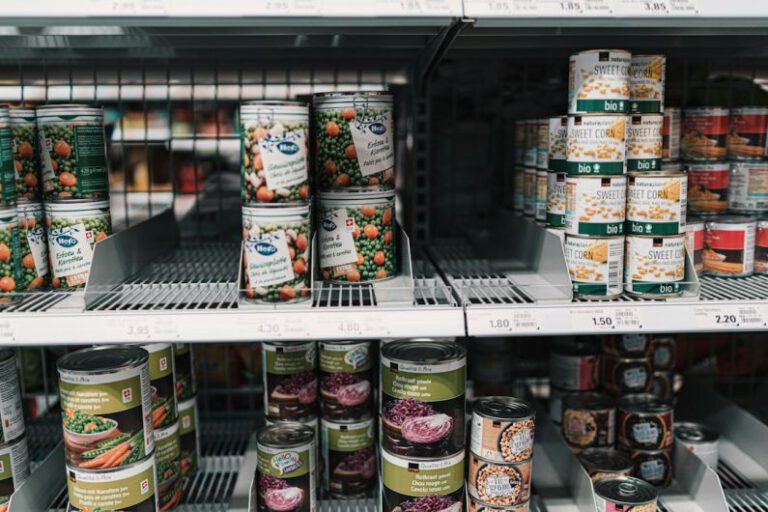Proper Storage for Breads and Pastries
Breads and pastries are delicious treats that we all love to indulge in. Whether it’s a fresh loaf of bread or a mouthwatering pastry, the key to preserving their flavor and texture lies in proper storage. In this article, we will explore the best ways to store breads and pastries to ensure they stay fresh and tasty for longer.
Storing Breads
Breads are best kept at room temperature for a day or two, depending on their type. However, if you have a loaf that you want to keep for an extended period, it’s essential to store it properly.
1. Wrapping in Plastic: To maintain the freshness of bread, wrap it tightly in plastic wrap. Make sure there are no air pockets, as exposure to air can cause the bread to dry out quickly. This method is suitable for most types of bread, including sliced loaves and baguettes.
2. Bread Box: A bread box is a classic storage solution for bread. It provides a cool and dark environment that helps to maintain the bread’s moisture. However, avoid placing hot bread in the box, as it can create condensation and make the bread soggy.
3. Freezing: Freezing bread is an excellent option if you want to store it for an extended period. Before freezing, slice the bread and wrap each slice individually in plastic wrap. Then, place the wrapped slices in a freezer bag and remove as much air as possible. Frozen bread can be thawed at room temperature or toasted straight from the freezer.
Storing Pastries
Pastries, such as croissants, muffins, and danishes, require slightly different storage methods to maintain their freshness and flakiness.
1. Airtight Container: Store your pastries in an airtight container to keep them fresh for a longer time. This method is especially useful for delicate pastries that can easily dry out or become stale. Place a sheet of parchment paper between each pastry to prevent sticking.
2. Refrigeration: If you live in a hot and humid climate, refrigerating pastries can help preserve their freshness. However, it’s important to note that refrigeration can cause some pastries, such as croissants, to lose their flakiness. To minimize this, place the pastries in an airtight container before refrigeration.
3. Freezing: Like bread, pastries can also be frozen to extend their shelf life. Before freezing, wrap each pastry individually in plastic wrap, ensuring they are tightly sealed. Then, place the wrapped pastries in a freezer bag and remove any excess air. Frozen pastries can be thawed at room temperature or reheated in the oven for a few minutes.
Tips for Maintaining Freshness
To ensure your breads and pastries stay fresh for as long as possible, here are some additional tips to keep in mind:
1. Avoid Moisture: Moisture is the enemy of bread and pastries. Keep them away from humid environments, as moisture can cause mold growth and make them spoil quickly.
2. Avoid Direct Sunlight: Exposure to sunlight can cause bread and pastries to become stale and lose their flavor. Store them in a cool, dark place to maintain their freshness.
3. Avoid Refrigerating Bread: While refrigeration can be suitable for some pastries, it’s not recommended for bread. It can cause the bread to dry out quickly and lose its soft texture.
Conclusion
Proper storage is crucial to maintain the freshness and quality of breads and pastries. By following the storage methods mentioned in this article, you can ensure that your favorite treats stay delicious for longer. Whether you choose to wrap them in plastic, use a bread box, or freeze them, these tips will help you enjoy your bread and pastries at their best. So, the next time you bring home a loaf of bread or a box of pastries, remember to store them properly to savor their scrumptious flavors.






